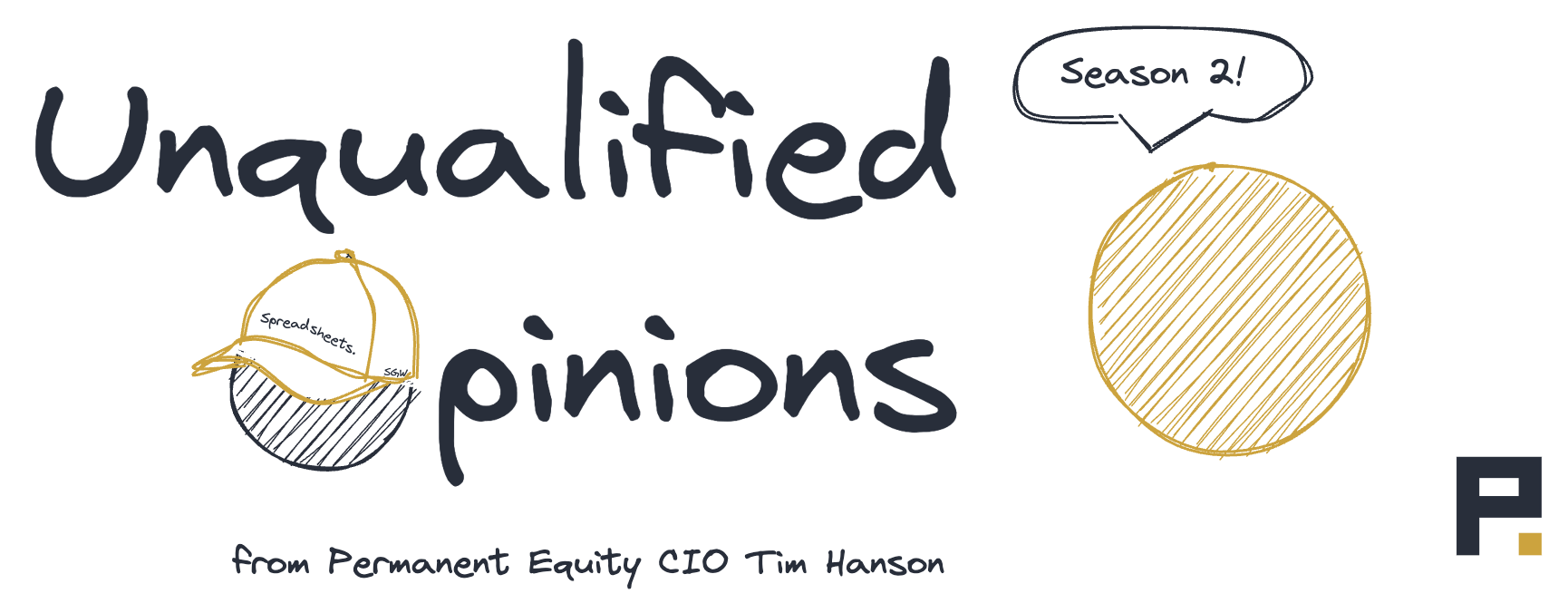This Is Not Pessimistic
As much as I love spreadsheets, I’ll be the first to admit that financial modeling is more art than science. In fact, last season, when I called Excel the cause of and solution to life’s problems, I observed that “one of the most dangerous situations you can find yourself in is one where “the numbers make sense [because] if you’re falling back on the fact that the numbers make sense, then it may be the case that the sense doesn’t make sense.”
I thought of this the other day when I received a financial model from a friend who wanted me to take a look at it. He was thinking about making an investment and asked that I double-check the numbers. Like many financial models, it included scenario analysis. This is to say that there were projections of what would happen numbers-wise if things went less well than expected, as expected, and better than expected. And one of the reasons my friend was confident in the investment is that even if things went less well than expected, he’d modeled that he’d still make money.
Unpacking the assumptions, I noticed that the “pessimistic” models, like many “pessimistic” models, forecasted lower growth rates and margins, which stands to reason. But what didn’t stand to reason is that the poor performance was linear. In other words, in one model, the business grew less than expected, but it still grew every year. In another, the business shrunk, but the business shrunk the same amount every year. And in a third, margins compressed, but it assumed that operating expenses could be cut at the same time.
This is not pessimistic!
The reason is that while all of these models assumed disappointing results, the disappointment was linear. The world, however, is not linear, so any model that assumes linearity is wildly optimistic!
Think about it this way: If I told you that I had a business that grew 2% per year, you probably wouldn’t be that impressed. But a business that is guaranteed to grow 2% per year is really valuable because it offers certainty. You can borrow against that, cut every decision close to the line, and never worry about dealing with downside. Even a business that is guaranteed to shrink 2% per year is valuable at the right price for the same reason. Even though it will eventually go to zero, there is no chance of an outsized downside surprise.
So what I said to my friend was, and this was a commodity business by the way, is that your risk here is not low growth, but volatility. If you put debt on the balance sheet and pricing moves against you for a six-to-12 month period, it’s game over even if this would have been a good long-term investment. What you need to do, if you really want to be pessimistic, is forecast high levels of volatility and figure out if the numbers make sense against that backdrop. That’s because the definition of pessimism is believing that the worst will happen. And the thing about the worst thing that can happen is that it’s not predictable.
– By Tim Hanson

